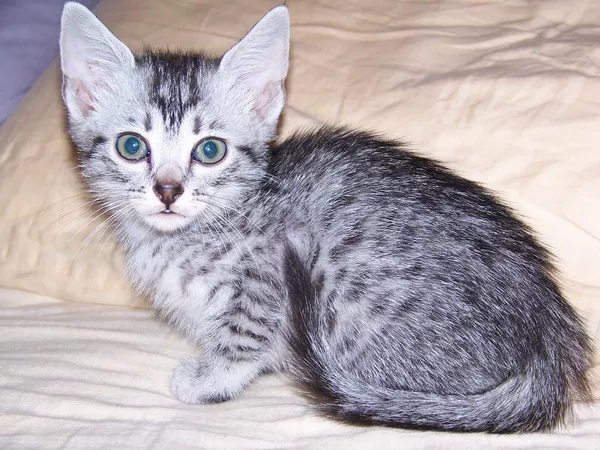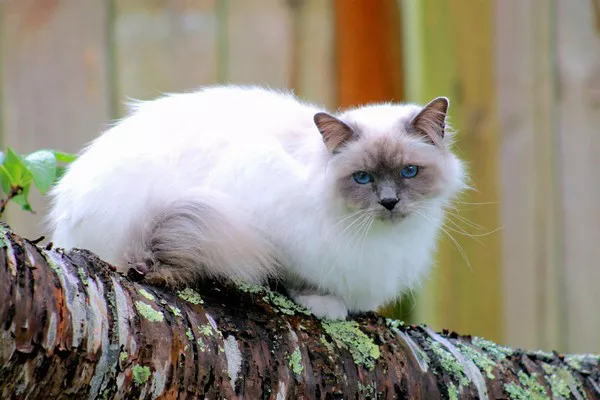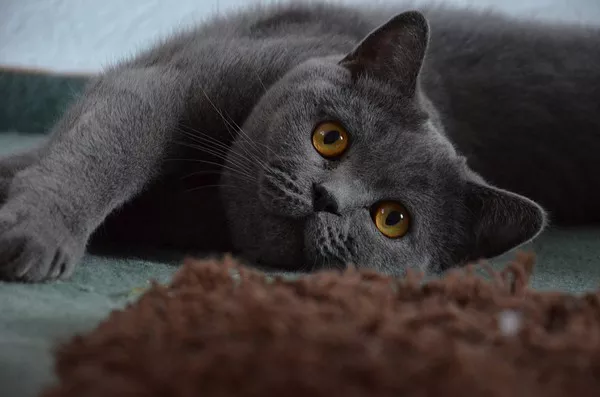The nurturing bond between a mother cat and her kittens is a heartwarming sight to behold. During the early stages of a kitten‘s life, mother cats provide essential nutrition through their milk. However, as kittens grow and their dietary needs change, the mother cat’s milk supply eventually dries up. In this article, we’ll explore the natural process of a mother cat’s milk supply drying up, factors that influence this process, signs of weaning, and how to ensure a smooth transition for both the mother cat and her kittens.
The Milk Supply Timeline
1. Early Stages of Lactation
Mother cats, also known as queens, start producing milk shortly after giving birth. The first milk produced, called colostrum, is rich in nutrients and antibodies that provide essential immunity to the kittens.
2. Peak Milk Production
Around 24 to 48 hours after birth, the mother cat’s milk production reaches its peak. This phase ensures that the kittens receive the maximum nutrition needed for growth and development.
3. Gradual Decrease
As kittens grow and begin to consume solid food, their reliance on the mother’s milk decreases. This reduction in nursing triggers a gradual decrease in the mother cat’s milk production.
Factors Influencing Milk Supply Drying Up
1. Kitten Age and Weaning
The age at which kittens start eating solid food and transitioning away from nursing plays a significant role in the drying up of the mother cat’s milk supply. As kittens become less dependent on milk, the mother’s body adjusts by producing less.
2. Hormonal Changes
Hormonal changes within the mother cat’s body also influence the process of milk supply drying up. The body recognizes the reduced demand for milk and adjusts hormone levels accordingly.
Signs of Weaning
1. Decreased Nursing Frequency
One of the earliest signs of weaning is a decrease in the frequency of nursing sessions. As kittens become more interested in solid food, they spend less time nursing.
2. Mother’s Behavior
Observing the mother cat’s behavior can provide insights into the weaning process. She may become less patient with nursing sessions, encouraging her kittens to explore solid food options.
3. Kittens’ Interest in Solid Food
When kittens show interest in exploring and consuming solid food, it indicates their readiness to transition away from nursing. Kittens may start nibbling on their mother’s food or specially formulated kitten food.
Ensuring a Smooth Transition
1. Introducing Solid Food
To support a smooth transition, start introducing high-quality kitten food to the kittens around the age of four weeks. Gradually mix wet food with water to create a porridge-like consistency that is easy for them to lap up.
2. Encouraging Independence
Provide separate feeding stations for the mother cat and her kittens to encourage independence. Allow the kittens to explore and feed on their own, reducing their reliance on nursing.
3. Monitoring Health and Nutrition
Monitor the kittens’ health and weight as they transition to solid food. Consult a veterinarian to ensure they are receiving the proper nutrition and making a successful transition.
Emotional Considerations
1. Emotional Bond
The bond between a mother cat and her kittens is emotional and nurturing. As the milk supply dries up, the mother cat’s role evolves from a primary source of nutrition to a supportive and guiding presence.
2. Gradual Separation
While kittens naturally become more independent, it’s essential to ensure a gradual separation from their mother. Kittens continue to learn social behaviors and cues from their mother, even after weaning.
See Also: Is Milk Bad for Cats & Kittens? [Revealed!]
Conclusion
In conclusion, the process of a mother cat’s milk supply drying up is a natural and gradual transition as kittens grow and develop. Understanding the timeline, factors influencing the process, and signs of weaning helps ensure a smooth transition for both the mother cat and her kittens. As kittens become more interested in solid food and their nutritional needs change, the mother cat’s body adjusts by producing less milk. By introducing solid food, monitoring health, and considering the emotional aspect of the transition, you can provide the best care for the mother cat and her growing kittens. Through this journey, you’ll witness the kittens’ gradual independence while cherishing the special bond that continues to evolve between them and their nurturing mother.























